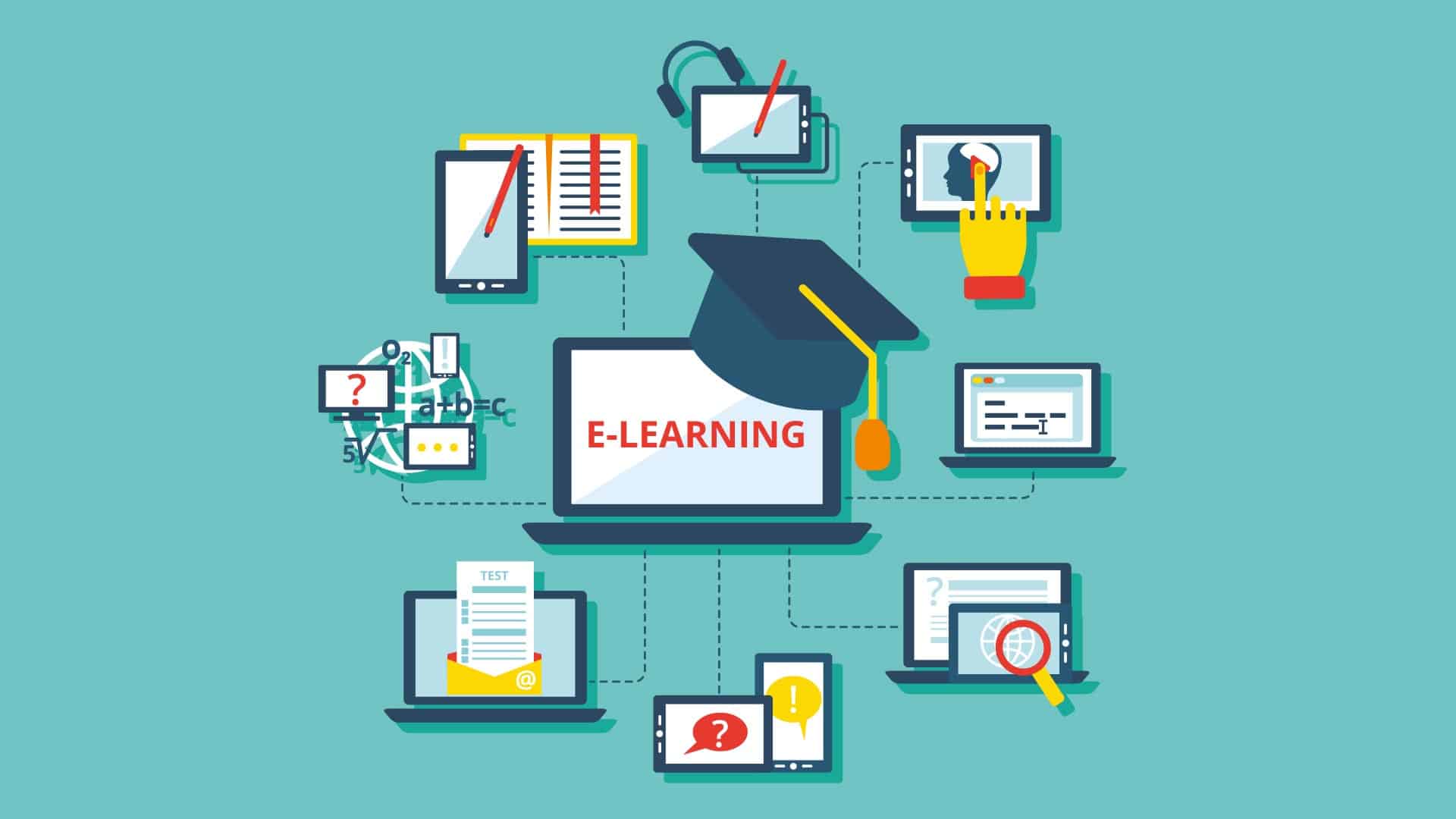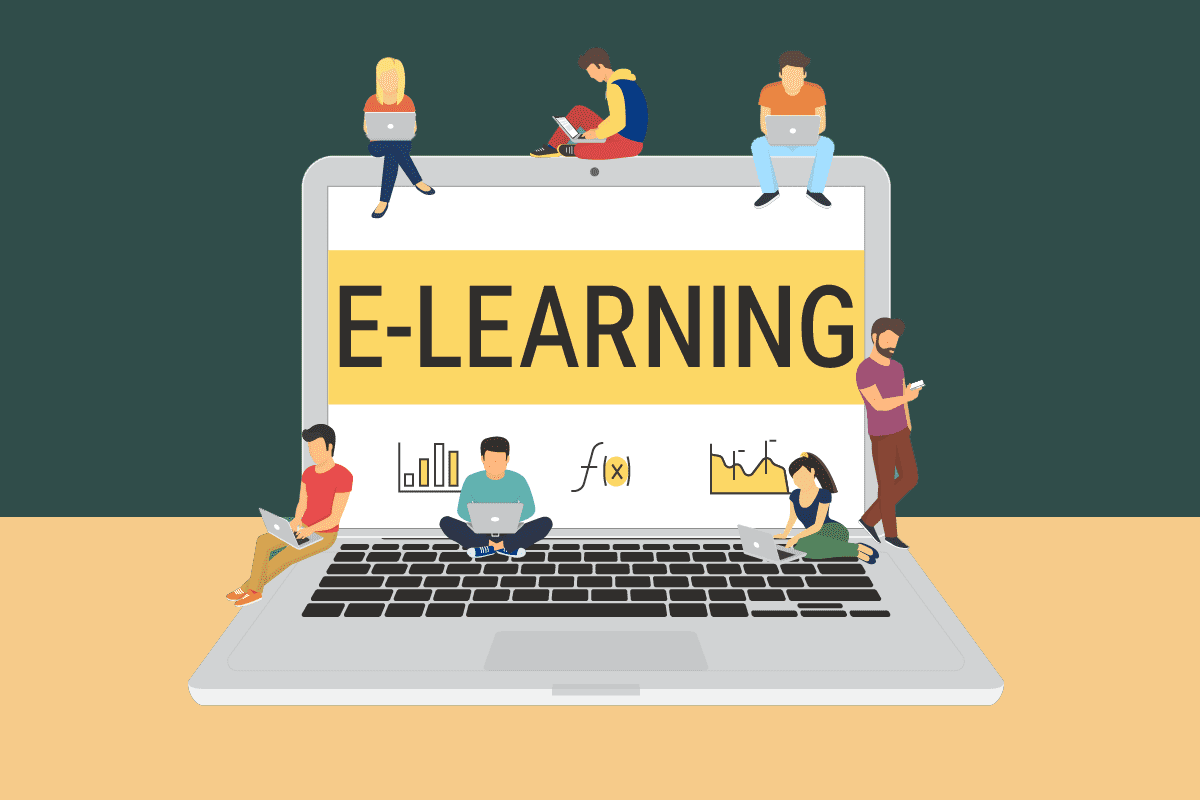Pada awal pandemi, masyarakat menekankan pentingnya guru mengembangkan keterampilan mereka dalam bimbingan belajar daring dan pembelajaran berbasis rumah, yang telah menjadi norma baru di bidang pendidikan. Untuk menciptakan kelas daring yang menarik, para pendidik didorong untuk mengembangkan metode baru dan inovatif.
Sebagian besar universitas dan sekolah telah menerapkan Sistem Manajemen Pembelajaran untuk memfasilitasi bimbingan belajar daring menggunakan perangkat digital (LMS). Para pendidik harus beradaptasi dengan cepat ketika metode pengajaran berubah, yang sulit bagi para tutor yang tidak terbiasa dengan pembelajaran digital. Meskipun bimbingan belajar di rumah masih banyak diminati, bimbingan belajar daring semakin populer.

Bimbingan belajar privat memiliki serangkaian kelebihan dan kekurangannya sendiri, tetapi pembelajaran jarak jauh telah mengalami beberapa perubahan yang mengharuskan siswa dan tutor untuk beradaptasi agar dapat terus beroperasi secara efektif. Tidak dapat dipungkiri bahwa ini merupakan transisi yang sulit untuk dilalui.
# 1 PEMBELAJARAN BERBASIS LAYAR
Pembelajaran daring mengharuskan siswa untuk menatap layar, bukan papan tulis. Siswa kini harus duduk dengan penuh perhatian selama kelas daring dengan disiplin diri dari rumah yang nyaman.
Kerugian lainnya adalah anak-anak tidak boleh menatap layar sepanjang hari. Akibatnya, mata kering dan lelah. Panas yang dipancarkan oleh perangkat menyebabkan kelelahan pada siswa.
Mengetahui manfaat dan kekurangan e-learning, siswa dan tutor harus menghindari memperburuk situasi. Sebaliknya, semua orang harus bekerja sama untuk memaksimalkan manfaat situasi tersebut.
# 2 MODE INTERAKSI
Dengan platform seperti Zoom dan Google Meet, Anda hanya dapat berinteraksi dengan tetap menyalakan video dan mengaktifkan suara untuk berbicara. Di kelas, tutor akan berbicara, tetapi secara daring, ini bisa jadi membosankan.

Atur diskusi agar lebih interaktif. Tutor dapat membuat ruang diskusi kelompok dan membagi kelas besar menjadi kelompok-kelompok kecil untuk berdiskusi. Setelah selesai, ruang diskusi kelompok dapat ditutup dan setiap kelompok dapat menyampaikan presentasi di depan kelas.
Ini membuat pelajaran tetap menarik dan tutor tidak berbicara sepanjang waktu.
#3 TUGAS

Sekarang semuanya serba digital, tugas daring adalah pilihan berikutnya. Tugas daring tidak harus berupa laporan tertulis yang membosankan. Pilihan lainnya meliputi:
- Proyek berbasis diskusi kelompok
- Studi kasus
- Kuis online (platform seperti “Kahoot!” bagus)
- Seminar Mahasiswa
- Presentasi PowerPoint kelompok
- Esai (yang harus diserahkan secara online melalui platform seperti Google Classroom, misalnya)
Tutor harus berusaha berkolaborasi karena mengerjakan tugas sendirian bisa jadi sulit. Beberapa siswa mungkin merasa tidak berdaya karena mereka tidak terbiasa bekerja daring. Gaya belajar yang beragam juga akan membuat pembelajaran lebih menarik.
SEBAGAI KESIMPULAN,
Kita harus beradaptasi dengan gaya belajar baru ini, suka atau tidak. Zaman telah berubah dan kita harus beradaptasi. Meskipun perubahan itu mungkin sulit, tutor dan siswa harus menerimanya. Pembelajaran digital adalah masa depan dan akan membuka banyak pintu untuk kemajuan dan perkembangan.








